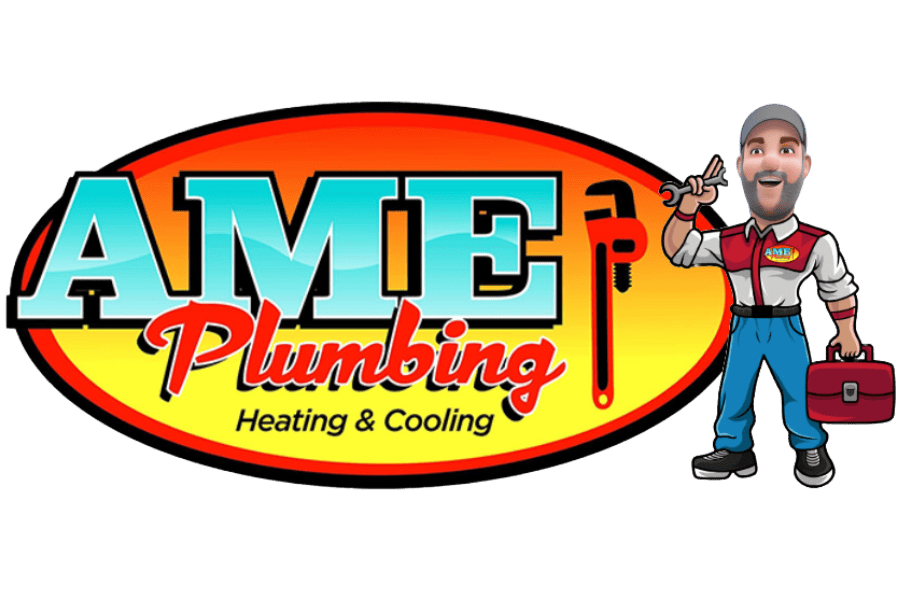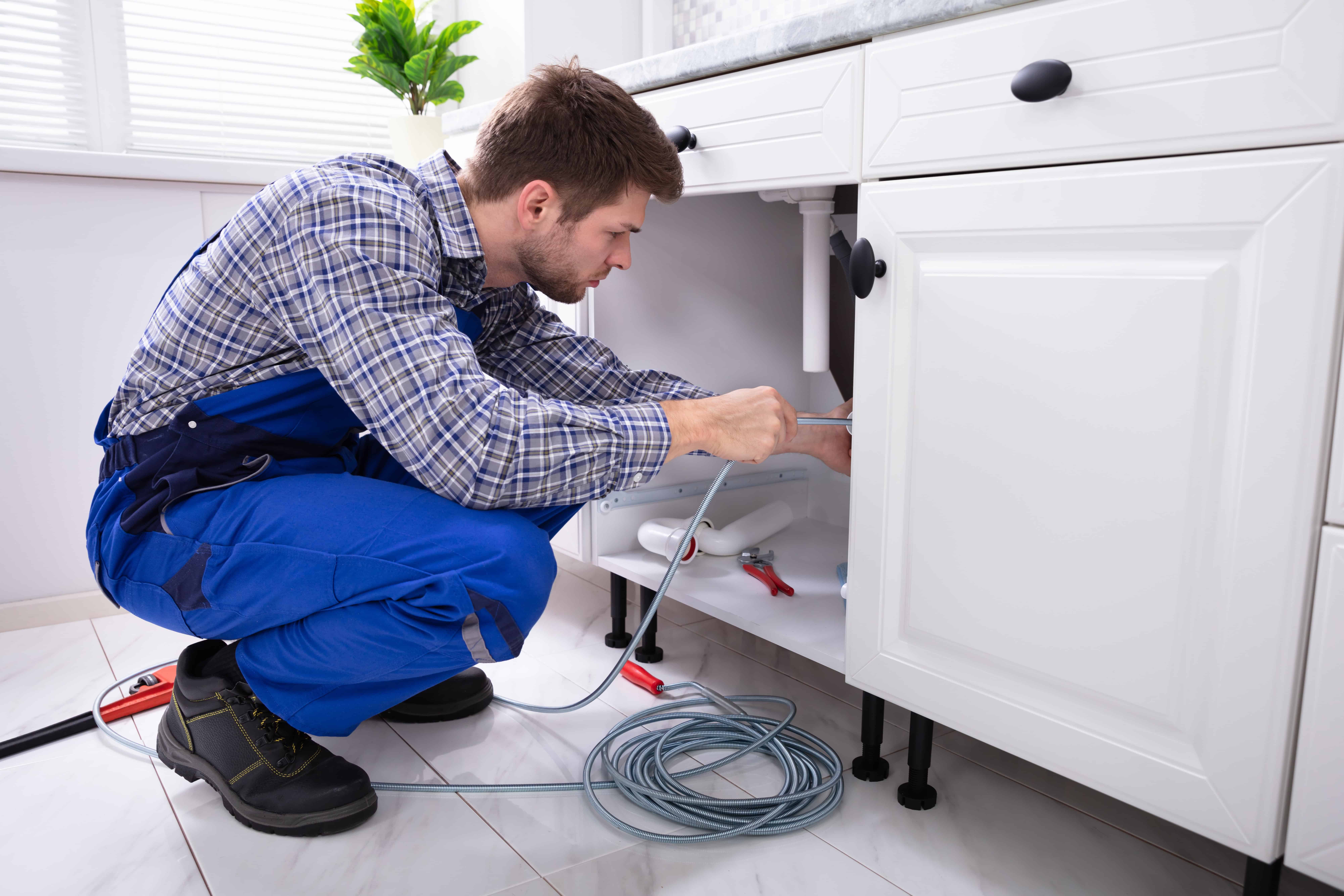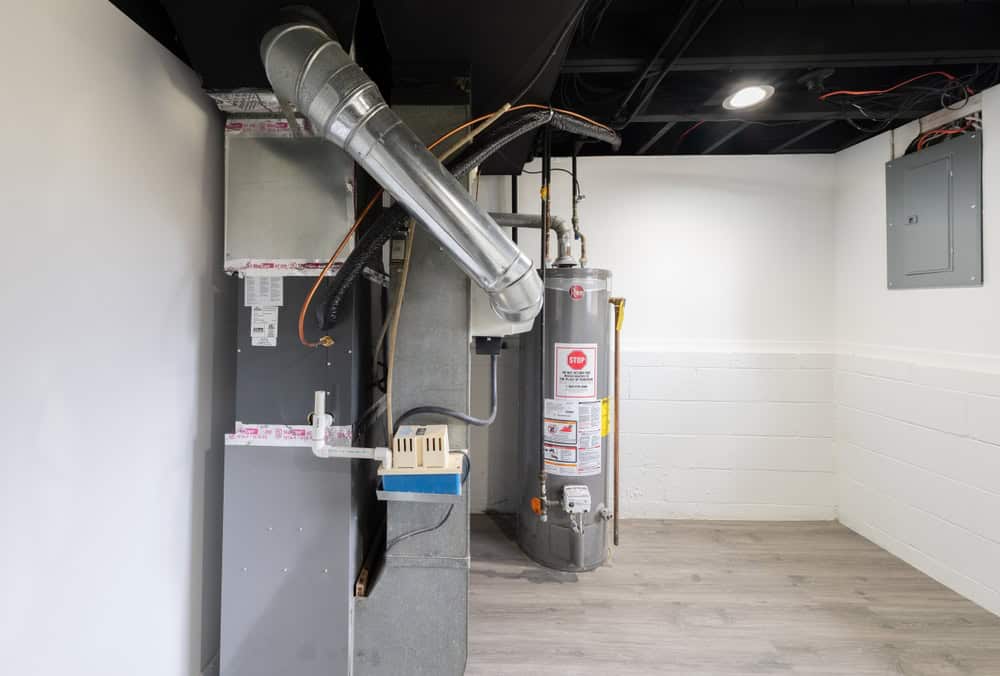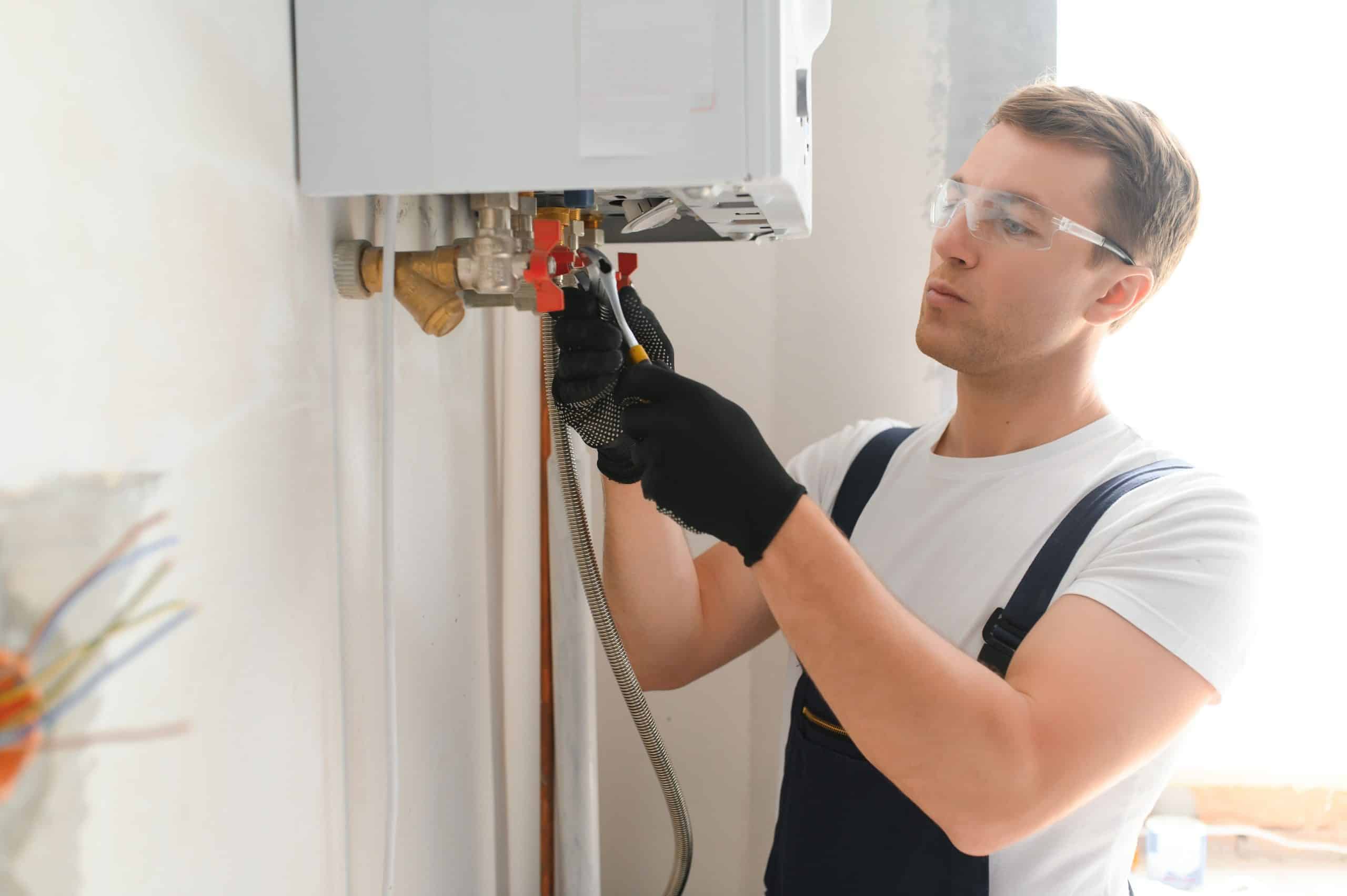Summary:
Why Furnaces Fail More Often in Monmouth County Winter
Monmouth County’s coastal location creates unique challenges for your heating system. The combination of salt air, humidity, and temperature swings puts extra stress on furnace components. During our harsh winters, your system runs almost continuously from November through April.
This constant operation means parts wear out faster than in milder climates. Add in the fact that many homes in areas like Red Bank, Freehold, and Holmdel are older with aging ductwork, and you’ve got a recipe for more frequent repairs. Understanding this reality helps you stay ahead of problems instead of reacting to emergencies.
Ignition and Pilot Light Problems That Stop Heat Production
When your furnace won’t start or keeps shutting off, ignition issues are often the culprit. Modern furnaces use electronic ignition systems, while older units rely on pilot lights. Both can fail, but for different reasons.
Electronic ignition problems usually stem from faulty sensors or electrical issues. The system might try to start but fail to detect the flame, causing it to shut down for safety. You’ll hear the furnace attempting to fire up, but no heat follows.
Pilot light issues are more straightforward but equally frustrating. A strong draft, dirty orifice, or failed thermocouple can extinguish the pilot. Without that small flame, your main burners won’t ignite. Some homeowners can relight pilots themselves, but if it keeps going out, there’s an underlying problem that needs professional attention.
Gas supply issues can also prevent ignition. Sometimes the gas valve gets stuck or fails entirely. This isn’t a DIY fix – working with gas requires proper training and tools. If you smell gas or suspect a supply problem, turn off the gas and call for service immediately.
The age of your system matters here too. Furnaces over 15 years old are more prone to ignition failures simply because components wear out. Regular maintenance can catch these issues early, but eventually, parts need replacement.
Thermostat Malfunctions Creating Uneven Heating
Your thermostat is the brain of your heating system, but it’s also one of the most common failure points. When it malfunctions, you might notice rooms that never get warm enough or a furnace that runs constantly without reaching the set temperature.
Dead batteries are the simplest cause. Many digital thermostats will display a low battery warning, but some just stop working. Before calling for service, check if your thermostat uses batteries and replace them. It’s surprising how often this solves the problem.
Calibration issues are trickier. Your thermostat might read 68 degrees while your home feels like 60. This happens as thermostats age or if they’re installed in poor locations. Units placed near windows, doors, or heat sources give inaccurate readings that confuse your furnace.
Wiring problems cause intermittent operation. Your furnace might work fine for days, then suddenly stop responding to temperature changes. Loose connections or damaged wires prevent proper communication between the thermostat and furnace. This type of problem usually gets worse over time.
Older mechanical thermostats can develop issues with their internal components. The metal strips that sense temperature can warp or stick, preventing proper operation. While these units are reliable, they don’t last forever.
Smart thermostats add another layer of complexity. Wi-Fi connectivity issues, software glitches, or compatibility problems with older furnaces can cause heating problems. Sometimes the solution is as simple as reconnecting to your network, but other times professional programming is needed.
Mechanical Failures That Stop Air Circulation
Even if your furnace produces heat, mechanical problems can prevent that warmth from reaching your living spaces. Blower motor failures, belt issues, and electrical problems all fall into this category. These repairs often require professional service because they involve moving parts and electrical components.
The blower motor is your furnace’s workhorse, running thousands of hours each heating season. When it starts to fail, you might hear grinding, squealing, or rattling sounds. Some homeowners notice reduced airflow from vents before the motor stops completely.
Dirty Filters Causing System Overheating and Shutdowns
A clogged furnace filter might seem minor, but it’s one of the leading causes of system failures in Monmouth County homes. When filters get dirty, they restrict airflow and force your furnace to work harder. This extra strain can damage expensive components.
Your furnace has safety switches that shut it down when it overheats. A dirty filter blocks airflow over the heat exchanger, causing temperatures to spike. The system cycles on and off repeatedly instead of running smoothly. You might notice short heating cycles or a furnace that runs constantly but doesn’t warm your home effectively.
Filter replacement schedules depend on your home’s conditions. Pet owners, homes with construction dust, or properties near busy roads need more frequent changes. During heavy heating season, check your filter monthly. A filter that looks gray or brown instead of white needs replacement.
Different filter types have varying lifespans. Basic fiberglass filters might last 30 days, while high-efficiency pleated filters can go 90 days. However, these are general guidelines – actual replacement needs depend on usage and air quality.
The location of your filter matters too. Some furnaces have filters in the return air duct, while others have them in the unit itself. Make sure you’re checking the right location and installing filters with the correct airflow direction. Most filters have arrows showing which way air should flow.
Don’t try to clean disposable filters. While it might seem economical, cleaned filters don’t work effectively and can damage your system. Invest in proper replacements – it’s much cheaper than emergency repairs.
Blower Motor and Belt Problems Preventing Heat Distribution
Your blower motor moves heated air through your home’s ductwork. When this component fails, you might have a furnace that produces heat but can’t distribute it. Motor problems often develop gradually, giving you warning signs before complete failure.
Strange noises are usually the first indicator. Grinding sounds suggest worn bearings, while squealing often points to belt problems. Rattling might indicate loose mounting or debris in the blower assembly. Don’t ignore these sounds – they typically get worse and lead to more expensive repairs.
Reduced airflow is another warning sign. If your vents aren’t pushing air like they used to, the blower motor might be struggling. Weak airflow can also indicate belt slippage or partial motor failure. This problem affects your home’s comfort and forces the furnace to run longer cycles.
Belt-driven systems have additional failure points. Belts can stretch, crack, or break completely. A broken belt means no air circulation, even though the furnace might still produce heat. Belt replacement is usually straightforward for technicians, but the underlying cause needs investigation.
Motor capacitors are common failure points in older systems. These electrical components help start the motor and keep it running smoothly. When capacitors fail, motors might not start or might run inefficiently. Capacitor replacement is typically less expensive than motor replacement.
Variable speed motors in newer systems can develop electronic control issues. These sophisticated components offer better efficiency and comfort but require specialized knowledge to diagnose and repair. Software problems or sensor failures can cause erratic operation.
Regular maintenance helps prevent motor problems. Lubrication, cleaning, and belt adjustments keep systems running smoothly. However, motors do wear out over time, especially in systems that run heavily during long Monmouth County winters.
Getting Professional Furnace Repair in Monmouth County, NJ
Recognizing these common furnace problems early can save you from emergency repairs and uncomfortable nights. While some issues like filter changes are DIY-friendly, most furnace problems require professional diagnosis and repair. Working with gas, electricity, and complex mechanical systems isn’t worth the safety risks.
When choosing a furnace repair service, look for licensed, insured technicians who understand local conditions. Monmouth County’s unique climate challenges require experience with salt air corrosion, humidity issues, and the demands of extended heating seasons.
We’ve been serving local homeowners since 2014, offering 24/7 emergency service when your furnace fails. Don’t wait until you’re shivering to address furnace problems – proactive maintenance and prompt repairs keep your family comfortable all winter long.





